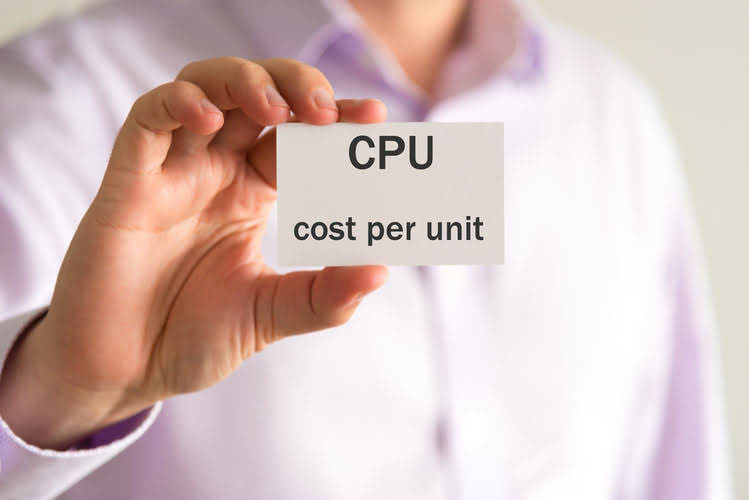The Accounting Equation: Assets = Liabilities + Equity

And finally, current liabilities are typically paid with Current assets. An error in assets equals transaction analysis could result in incorrect financial statements. The basic accounting equation is used to provide a simple calculation of a company’s value, based on a comparison of equity and liabilities.
Get in Touch With a Financial Advisor

Lou does not have long-term control of the studio space so it cannot be treated as its non-current asset. An asset whose value cannot be measured is not shown in the balance sheet. The vacuum cleaner is part of the property, plant, and equipment assets of the business. First on the list are resources that are unlikely to provide future economic benefits.
The Accounting Equation: Assets = Liabilities + Equity

An accounting transaction is a business activity or event that causes a measurable change in the accounting equation. Merely placing an order for goods is not a recordable https://www.instagram.com/bookstime_inc transaction because no exchange has taken place. In the coming sections, you will learn more about the different kinds of financial statements accountants generate for businesses. Shareholder equity is the money attributable to the owners of a business or its shareholders. It is also known as net assets since it is equivalent to the total assets of a company minus its liabilities or the debt it owes to non-shareholders.
- For the balance sheet to balance, total assets should equal the total of liabilities and shareholders’ equity.
- So if a balance sheet of the car showroom is prepared on 31 December 2020, it will not show the new car in the assets because the event that establishes its control over the asset has not occurred by then.
- For example, the debt-to-equity ratio can be calculated using the balance sheet formula to assess a company’s leverage and financial risk.
- Although the balance sheet always balances out, the accounting equation can’t tell investors how well a company is performing.
- The asset equals the sum to all assets, i.e., cash, accounts receivable, prepaid expense, and inventory, i.e., $305,483 for the year 2018.
- Balance sheets provide the basis for computing rates of return for investors and evaluating a company’s capital structure.
Shareholders’ Equity
In other words, the total amount of all assets will always equal the sum of liabilities and shareholders’ equity. Essentially, the representation equates all uses of capital (assets) to all sources of capital, where debt capital leads to liabilities and equity capital leads to shareholders’ equity. Building on the previous example, suppose you decided to sell your car for $10,000. In this case, your asset account will decrease https://www.bookstime.com/ by $10,000 while your cash account, or accounts receivable, will increase by $10,000 so that everything continues to balance.
- Total assets from a company are typically presented on a balance sheet, where the total assets must be equal to the sum of total liabilities and stockholders’ equity combined.
- Adam received his master’s in economics from The New School for Social Research and his Ph.D. from the University of Wisconsin-Madison in sociology.
- If the total assets calculated equals the sum of liabilities and equity then an organization has correctly gauged the value of all three key components.
- Knowing what goes into preparing these documents can also be insightful.
- A bank statement is often used by parties outside of a company to gauge the company’s health.
- The accounting equation’s left side represents everything a business has (assets), and the right side shows what a business owes to creditors and owners (liabilities and equity).
- Our goal is to deliver the most understandable and comprehensive explanations of financial topics using simple writing complemented by helpful graphics and animation videos.
Would you prefer to work with a financial professional remotely or in-person?

Balance sheet is the financial statement that involves all aspects of the accounting equation namely, assets, liabilities and equity. A balance sheet provides accurate information regarding an organization’s financial position at a specific point related to its reporting period. Shareholders’ equity is the net of a company’s total assets and its total liabilities. Shareholders’ equity represents the net worth of a company and helps to determine its financial health. Shareholders’ equity is the amount of money that would be left over if the company paid off all liabilities such as debt in the event of a liquidation. Contributed capital and dividends show the effect of transactions with the stockholders.
The term balance sheet refers to a financial statement that reports a company’s assets, liabilities, and shareholder equity at a specific point in time. Balance sheets provide the basis for computing rates of return for investors and evaluating a company’s capital structure. Accountants use the language of debits and credits to describe the recording of transactions, but it is more important to understand how they impact assets, liabilities and equity. A business may take out a bank loan of 5m, cash will increase by 5m and liabilities will also increase by 5m. Under the accrual basis of accounting, expenses are matched with revenues on the income statement when the expenses expire or title has transferred to the buyer, rather than at the time when expenses are paid.

Ask Any Financial Question

To produce the balance sheet at the end of the period, all transactions are processed for each line item. For a start-up business, the beginning amounts for all accounts are zero. The cumulative impact of all the additions and subtractions gives the ending amount which appears in the balance sheet at the end of the period. Because the value of liabilities is constant, all changes to assets must be reflected with a change in equity. This is also why all revenue and expense accounts are equity accounts, because they represent changes to the value of assets.

